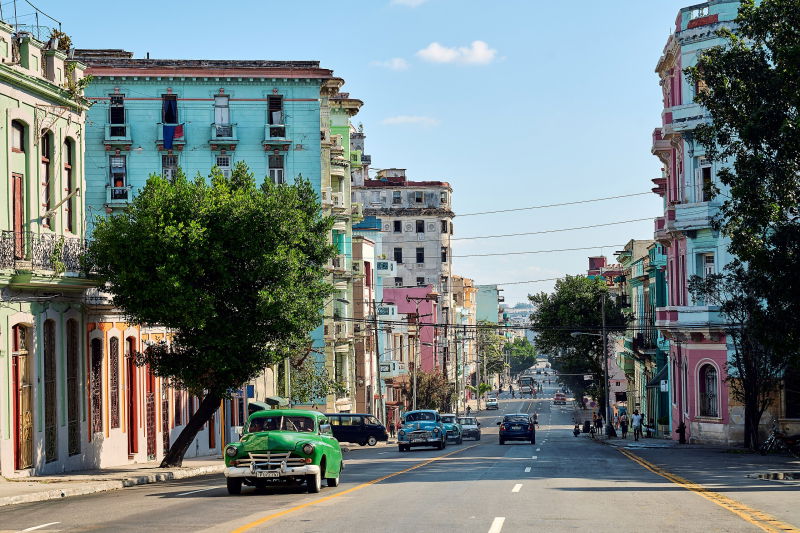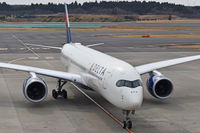Trump Signs Order Placing Travel Restrictions On Nearly 20 Countries

Featured image: Pedro Szekely/Flickr | CC BY-SA 2.0 Generic
On Wednesday, U.S. President Donald Trump signed a proclamation, banning travel into the United States for nations from 12 countries, while placing partial restrictions on a further seven.
The White House said that this was a result of needing to protect the people of the United States from national security threats, and also mentioned that the affected countries lacked proper screening and vetting capabilities.
12 countries have been banned outright, including Afghanistan, Myanmar (Burma), Chad, Republic of the Congo, Equatorial Guinea, Eritrea, Haiti, Iran, Libya, Somalia, Sudan and Yemen.
Meanwhile, a further seven will face a partial ban including Burundi, Cuba, Laos, Sierra Leone, Togo, Turkmenistan, and Venezuela. According to the proclamation, these countries “pose a high level of risk” and will see restrictions on B-1, B-2, B-1/B-2, F, M, and J visas.
There are a few exceptions for lawful permanent U.S. residents, those already in possession on valid non-immigrant visas, those applying for special immigration visas, and for individuals who may serve some type of national interest (e.g. for U.S. government employees, athletes, those suffering persecution in Iran).
The ban is set to go into effect on June 9, 2025.
In a statement shared on X, White House Deputy Press Secretary Abigail Jackson said:
“President Trump is fulfilling his promise to protect Americans from dangerous foreign actors that want to come to our country and cause us harm.
“These commonsense restrictions are country-specific and include places that lack proper vetting, exhibit high visa overstay rates, or fail to share identity and threat information.”
This seems to be the first major step following the January 20, 2025 signing of an executive order, requiring enhanced screening and vetting across agencies.
One of the main goals of the order was to identify “countries throughout the world for which vetting and screening information is so deficient as to warrant a partial or full suspension on the admission of nationals from those countries.”

In the proclamation, the decision-making process behind each country is detailed. For instance, Myanmar was identified for its lack of information sharing practices and security protocols. They noted 27.07% of visitors overstaying their B‑1/B-2 visa, while a whopping 42.17% overstayed their F, M, and J visas.
Libya was flagged for its history of terrorist activities, as well as lack of central issues authority for passports and other national documents.
In the case of countries under a partial ban, looking at Venezuela for instance, they noted a 9.83% overstay rate on B-1/B-2 visas, and have restricted immigrant and B‑1, B-2, B-1/B-2, F, M, and J non-immigrant visas as a result.
The restricted countries are very different from the original three-tier list leaked in March, but it will not be surprising if further countries are added, or at least warned to get their act together in order to maintain their ability to allow their citizens to apply for visas to the United States.



